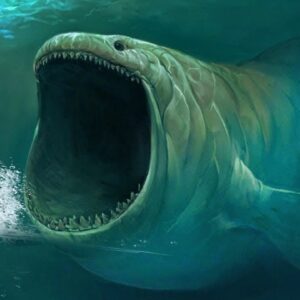Koi fish disease, koi fish is a popular ornamental fish, they have a good ornamental value, loved by everyone. So do you have any idea what diseases koi fish often get? If we prevent some diseases in time, koi fish will not get at all. Let’s talk about what diseases koi fish have, and how we should treat and prevent it.

Koi have strong physique, bright colors, changeable patterns, swimming style Xiong Ran, a high ornamental and feeding value. Its body length can reach 1-1.5 meters.
Koi carp are distinguished by different colors, patterns and scales. The butterfly koi, which was successfully bred in the 1980s and is famous for its long, smooth fins, is actually a cross between koi and Asian carp, and is not a true koi.
Koi are colored in one to three colors, including white, yellow, orange, red, black, and blue (a light gray shade due to the black under the scales), which can be either matte or glossy. Although there are endless variations of patterns, the best ones are small round spots on the top of the head and stepstone patterns on the back. Fish scales can be with or without; Big or small; Or it’s wrinkled, like a diamond.
Koi fish disease, koi fish is a popular ornamental fish, they have a good ornamental value, loved by everyone. So do you have any idea what diseases koi fish often get? If we prevent some diseases in time, koi fish will not get at all. Let’s talk about what diseases koi fish have, and how we should treat and prevent it.
Filariasis stomata (Botrytis, white cloud disease) : It usually lives on the skin and gills of fish and does not cause disease when the number is small. However, when the water quality is poor or the health of fish is not good, it often multiplies in large numbers. (The optimum temperature for the prevalence of filariasis is 2~30 degrees, the water temperature for the propagation of filariasis is 12~20 degrees, and the temperature of 24~25 degrees and PH4.5~5.8 are the most likely to proliferate.) Damage gill and skin tissue, resulting in increased mucus secretion, the formation of white mist like attachment, so called Baiyun disease. This disease is mainly parasitic on freshwater fish, especially koi often occurs after moving ponds, so it is also called new water disease. Koi fish are lethargic after infection and sink in the bottom corner of the pool, so it is also known as sleeping sickness. The disease is prevalent from late autumn to spring.
Symptoms:
At the beginning of infection, the fish will itch and rub against the bottom and wall of the pool.
The skin of the diseased fish has a layer of milky white or grayish-blue mucus, which makes the diseased fish lose its original luster. In the fish body broken inflammation congestion, often infected with bacteria or water mold, the formation of ulcers, make the condition worse.
When a large number of insect bodies invade the skin, there are also a large number of insect bodies on the gill, because the gill tissue is destroyed, affecting the respiration of the fish, so the sick fish often swim near the water surface in the shape of floating head.
Loss of appetite, listlessness, tail pinching fin, gathering in the bottom corner of the pool, slow reaction, the fish gradually lose balance, lying on the bottom of the pool, finally exhaustion and death.
Oblique tube worm disease: Carp oblique tube worm (also known as heart worm) is the most common in koi rearing. This disease is a common fish disease, mostly occurs in small tanks and dirty water pools, the greatest harm to young fish in the current year. The water temperature for breeding is 12 to 18 degrees Celsius, and a large number of fish can die after three to five days when a few worms are found. When the water temperature of outdoor fish pond is above 25 degrees, it usually does not come on, but it will come on in indoor water tank and pool, and the epidemic season is December to May next year.
Symptoms: The sick fish thin, dark body color, milky white thin material on the body surface, so that the sick fish lose the original color, serious disease fish fin rays can not be fully extended.
Pathogens parasitic on the body surface and gill, destroy the tissue, make fish breathing difficulties, so the disease fish swim near the water table is floating head, even if the change of water still can not return to normal.





